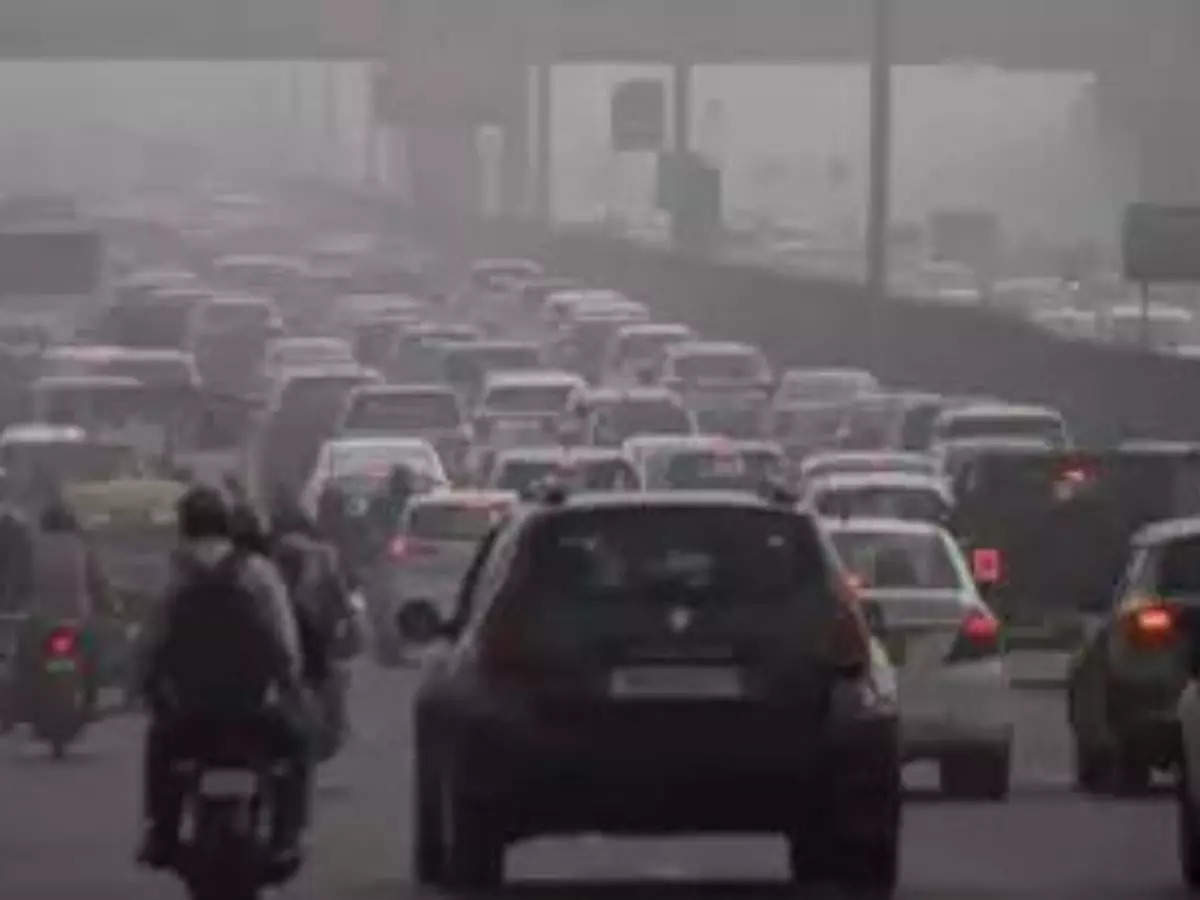[ad_1]

New Delhi: A significant decline of 19.3 per cent was recorded in the cases of coronavirus infection in India. Particulate pollution In 2022, compared to 2021, the second largest reduction in the world after Bangladesh, an average of 51 days were added Life Expectancy According to a new report, Every Citizen’s Annual Report,”Air Quality Life Index“The report for 2024, released by the University of Chicago’s Energy Policy Institute (EPIC), also said that if the country fails to meet the World Health Organisation’s annual PM 2.5 concentration standard of 5, Indians are likely to lose 3.6 years in life expectancy. micrograms per cubic meter,
Researchers reveal the reason for the decline In India and other South Asian countries the particulate matter is mainly Favorable meteorological conditions and a reduction in the number of thermal inversions — when a layer of warm air traps cold air near the ground, leading to increased pollution.
PM 2.5 concentration In India, carbon dioxide will be around 9 micrograms per cubic meter in 2022, which is 19.3 percent less than in 2021.
The most significant decline was seen in Purulia and Bankura Districts of West BengalNext are Dhanbad, East, West Singhbhum, West Medinipur and Bokaro districts of Jharkhand. In each of these districts, the amount of PM 2.5 has decreased by more than 20 micrograms per cubic meter.
The report said that the northern plains, the most polluted region of India, witnessed 17.2 per cent pollution. Particle Level Reduction in 2022 than in 2021.
However, despite this improvement, if current pollution levels continue, the average resident of the region is still likely to lose about 5.4 years in life expectancy. On the other hand, if the decline in particulate levels continues at the same rate in the coming years, life expectancy in the northern plains could increase by 1.2 years, the report said.
“The report clearly shows that even a modest reduction in air pollution levels can increase life expectancy. Air pollution, even at low levels, significantly shortens lifespans and poses a serious threat to public health.
Avinash Chanchal, Campaign Manager, Greenpeace India, said, “Our current national air quality standards fail to protect public health and must be revised in line with World Health Organisation guidelines. We have the tools and technologies to solve the air pollution crisis, but now we need the political will to implement them.”
The report said that urban districts covered under the National Clean Air Programme (NCAP), India’s flagship programme on air quality management, saw an average decline of 19 per cent in PM 2.5 concentrations, while districts not covered under the programme witnessed a 16 per cent decline.
However, except Dhanbad, none of the districts with the highest decline in PM 2.5 concentrations fall under the NCAP framework.
The NCAP, launched in 2019, is India’s first national effort to set clean air targets, aiming to reduce particulate pollution by 20-30 per cent by 2024, with 2017 as the base year. The revised target is a 40 per cent reduction by 2026, with 2019-20 as the base year.
The programme covers 131 non-attainment cities that persistently failed to meet the national ambient air quality standards set between 2011 and 2015.
“By 2022, pollution in districts containing non-attainment cities is projected to decrease by 18.8 per cent compared to 2017, adding 10.8 months to the life expectancy of the 446.7 million residents of these districts, and four months to India’s national average life expectancy,” the report said.
If India achieves the NCAP target, the life expectancy of residents living in non-attainment areas could increase by two years compared to 2017. This would also result in India’s national average life expectancy increasing by an additional 7.8 months.
The EPIC team highlighted that in India, where the annual PM 2.5 standard is 40 micrograms per cubic metre, more than 40 percent of the population breathes air above this standard.
However, India is responding by implementing innovative policies. In 2019, Gujarat launched the world’s first marketplace for particulate pollution, which has reduced pollution in Surat by 20-30 percent and is rapidly spreading to other cities and states.
These types of innovative policies show that it is possible to improve air quality and people’s health without unnecessarily constraining economic growth, the researchers said.
The report also praises India’s clean cooking programme, the Pradhan Mantri Ujjwala Yojana, and says that the decline in emissions from the residential sector in India can largely be attributed to the nationwide implementation of the scheme.
It attributed the reduction in transport-related emissions to lower use of diesel in the transport sector.
(TagstoTranslate)particulate pollution
[ad_2]
Source link

